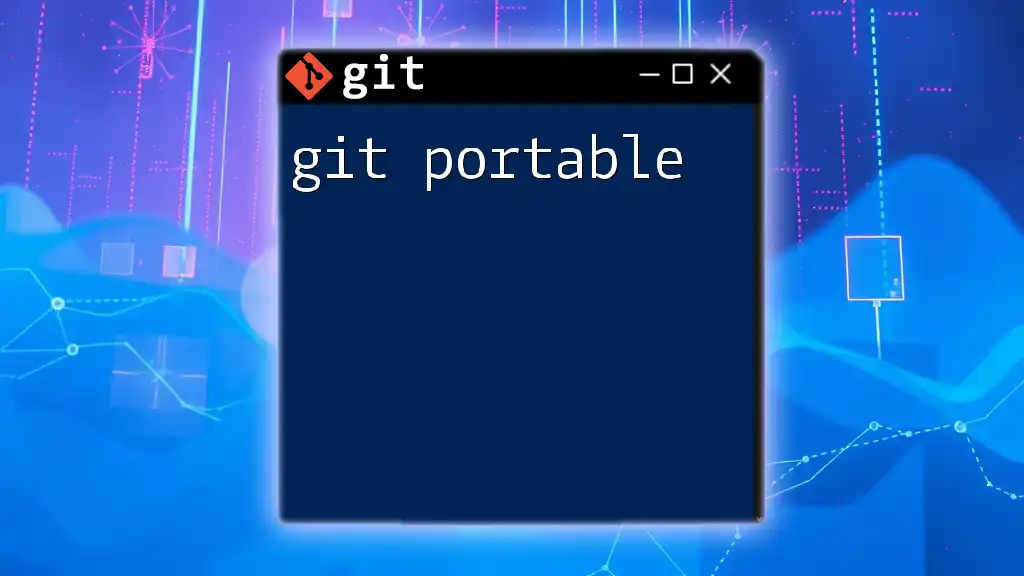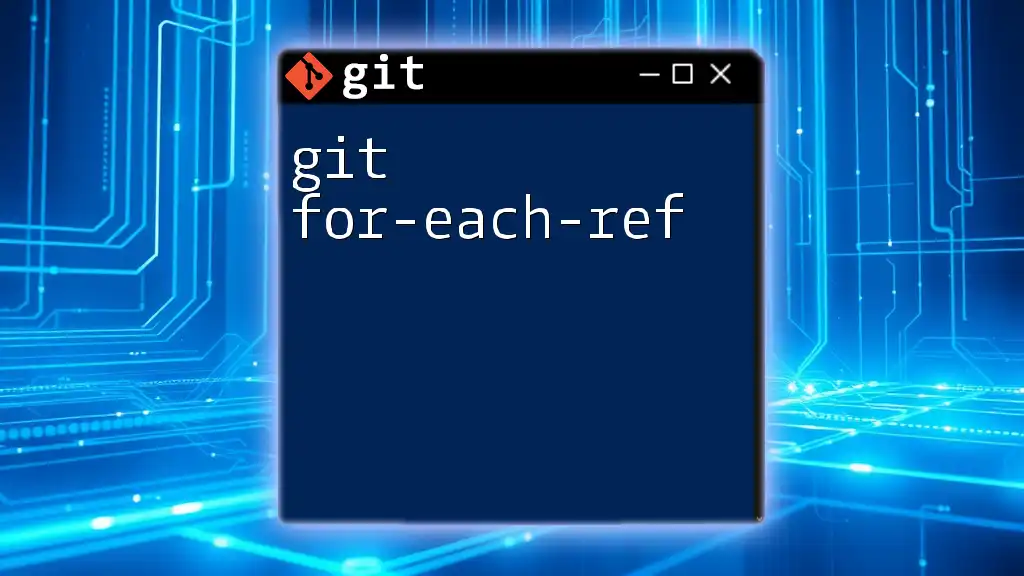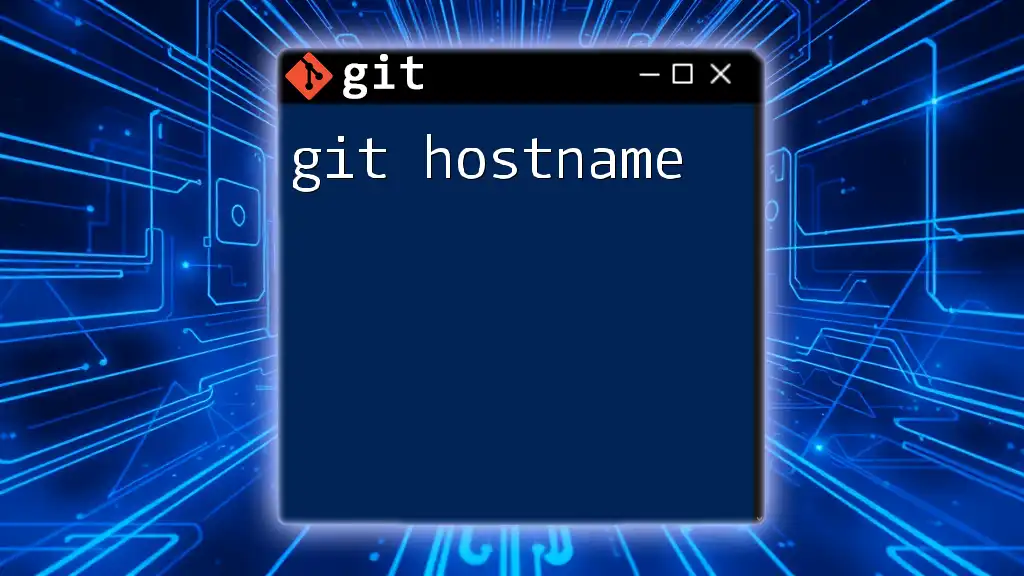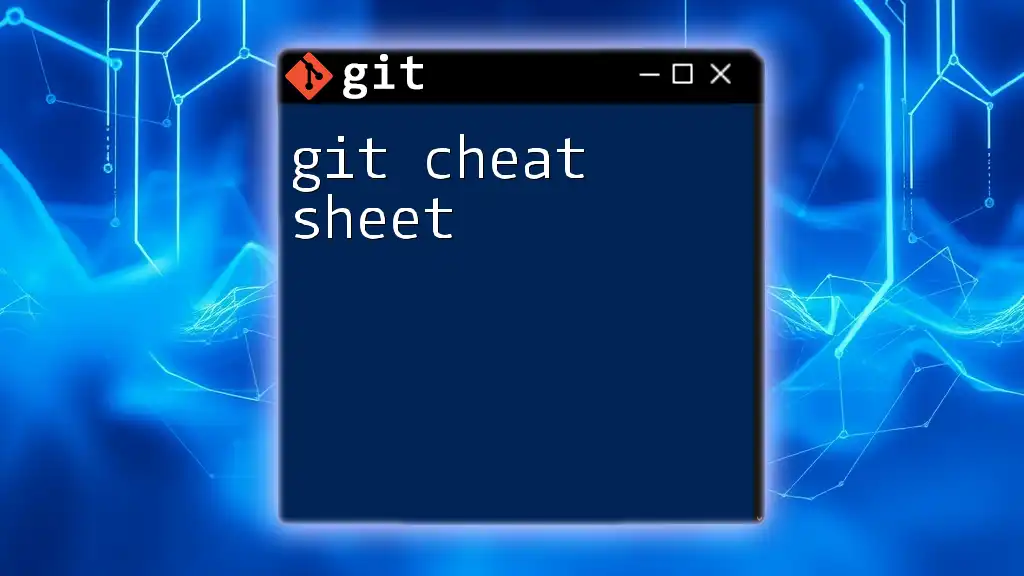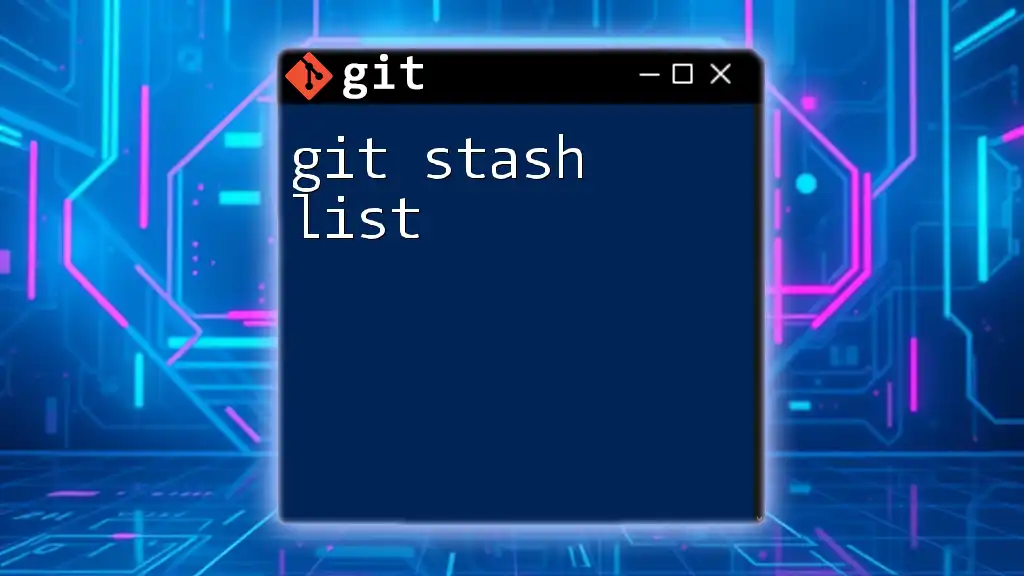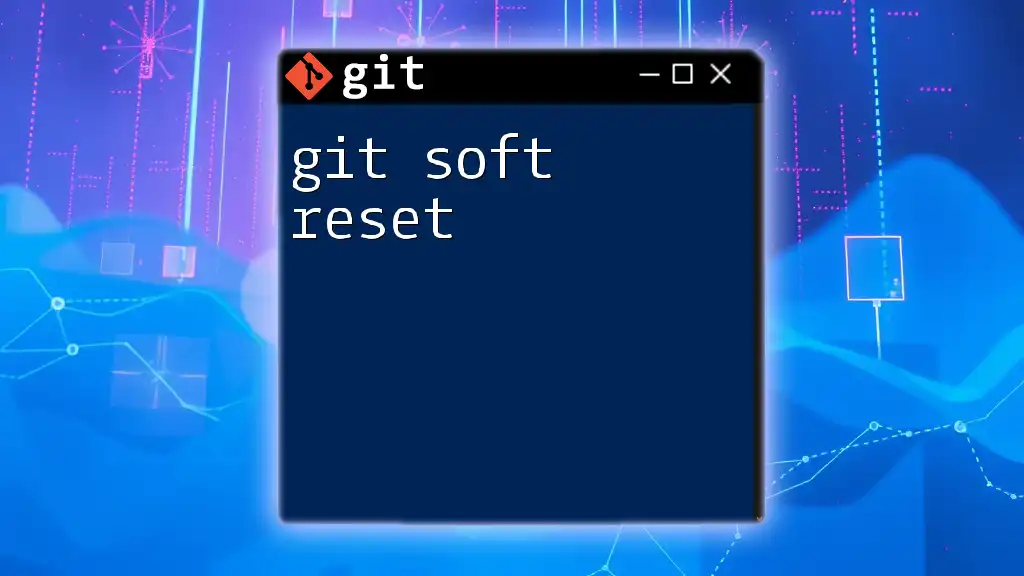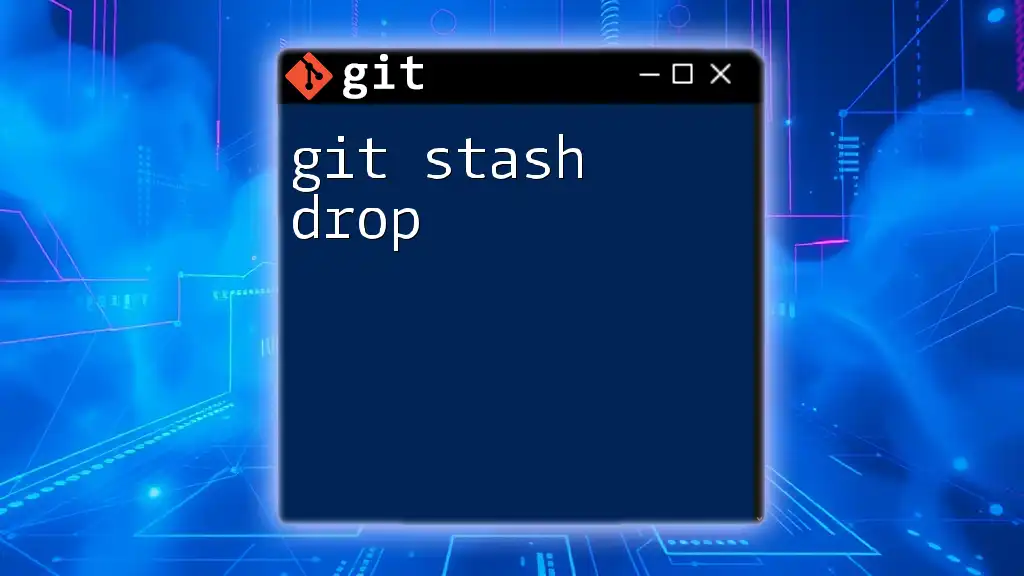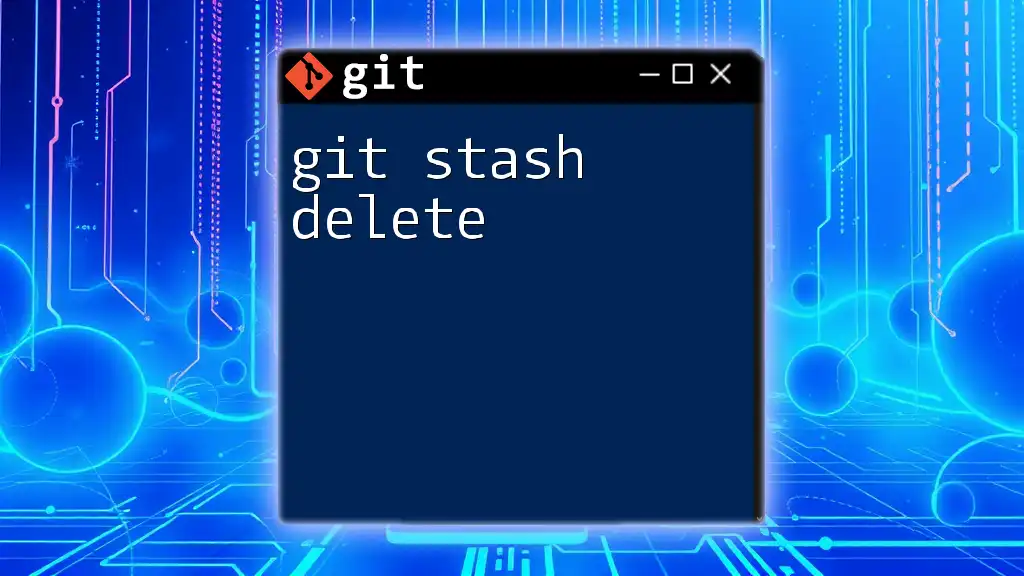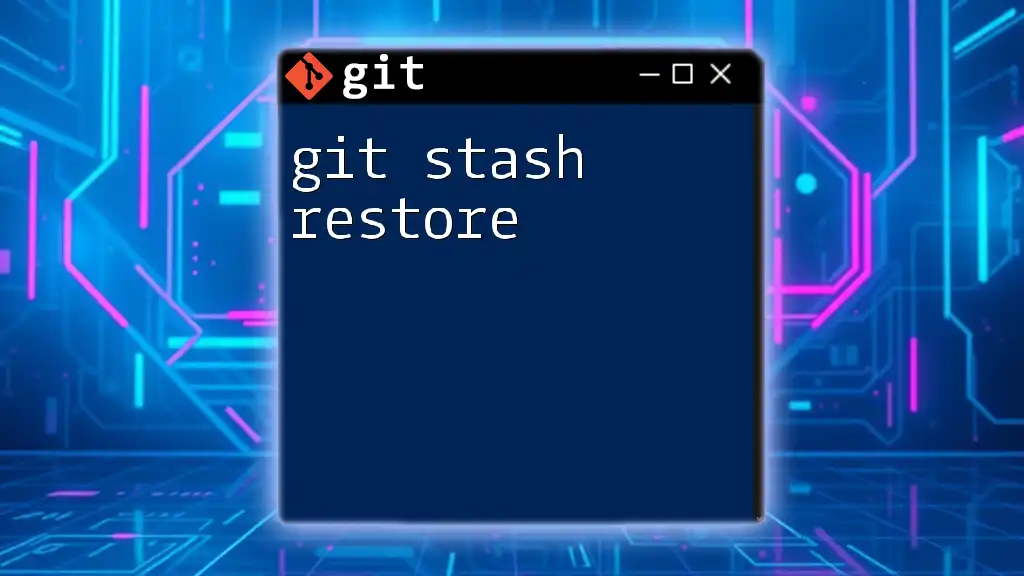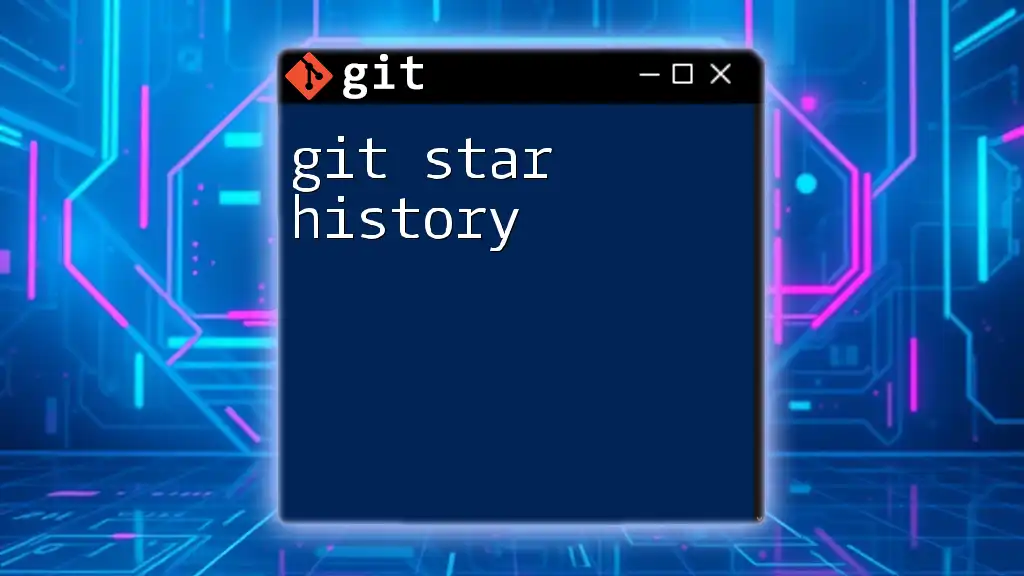A "git short hash" refers to a shortened version of a commit hash in Git, which makes it easier to reference commits without using the full 40-character hash.
Here's how to retrieve the short hash of the latest commit:
git rev-parse --short HEAD
Understanding Commit Hashes
What is a Commit Hash?
A commit hash is a unique identifier associated with a specific commit in a Git repository. These hashes serve a crucial role in version control, as they allow users to track changes uniquely and revert to previous states. Generated using the SHA-1 (Secure Hash Algorithm 1), a commit hash is a 40-character hexadecimal string that helps identify the history and integrity of the repository.
For instance, a typical full commit hash looks like this:
f5a9c6e3d21d5b9c78d6e3783a1234567890abcd
Structure of a Full Hash
Each full hash is a representation of the object in the Git database, and its structure comprises 40 hexadecimal characters. The first few characters can give insight into the commit’s contents and its order in the repository’s history. While full hashes are reliable and unique, their length can be cumbersome, prompting users to seek more convenient alternatives.
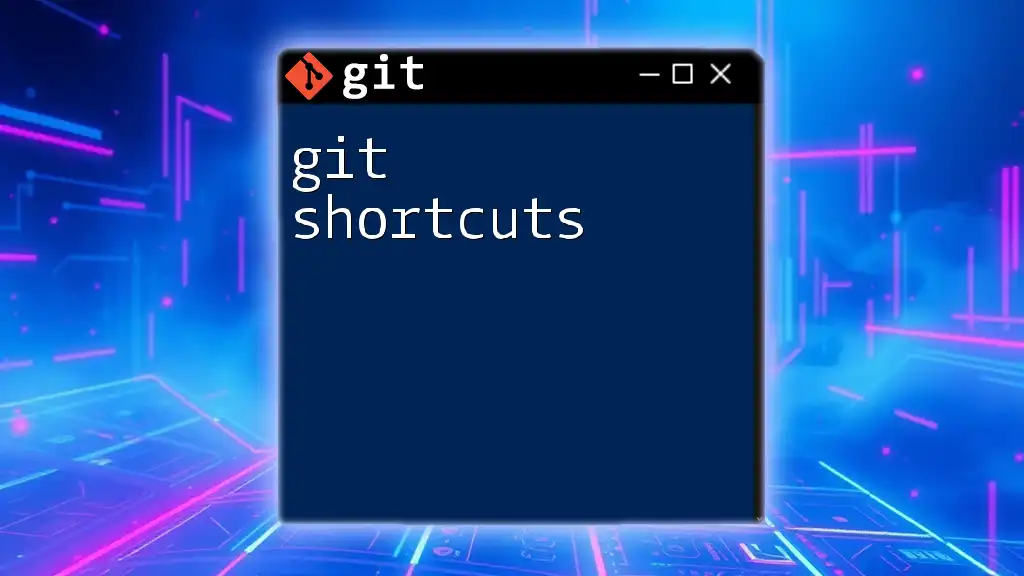
The Concept of Short Hash
What is a Short Hash?
A short hash is a truncated version of the full commit hash, typically consisting of the first 7 to 10 characters. This shortened representation retains the uniqueness needed to identify commits within most practical contexts without overwhelming users with a lengthy string.
For instance, from the full hash `f5a9c6e3d21d5b9c78d6e3783a1234567890abcd`, the short hash might be represented as `f5a9c6e`. Such hashes are popularly employed to simplify Git commands and enhance readability.
Advantages of Using Short Hashes
Short hashes come with several benefits:
-
Improved Readability and Convenience: Their brevity makes them easier to communicate and manage, especially during collaborative discussions.
-
Simplifying Commands: Users can reference commits without typing the entire hash. For example, instead of using the full hash, commands can adopt a short hash, such as:
git checkout f5a9c6e
This practice not only speeds up the process but also minimizes errors caused by typographical mistakes.
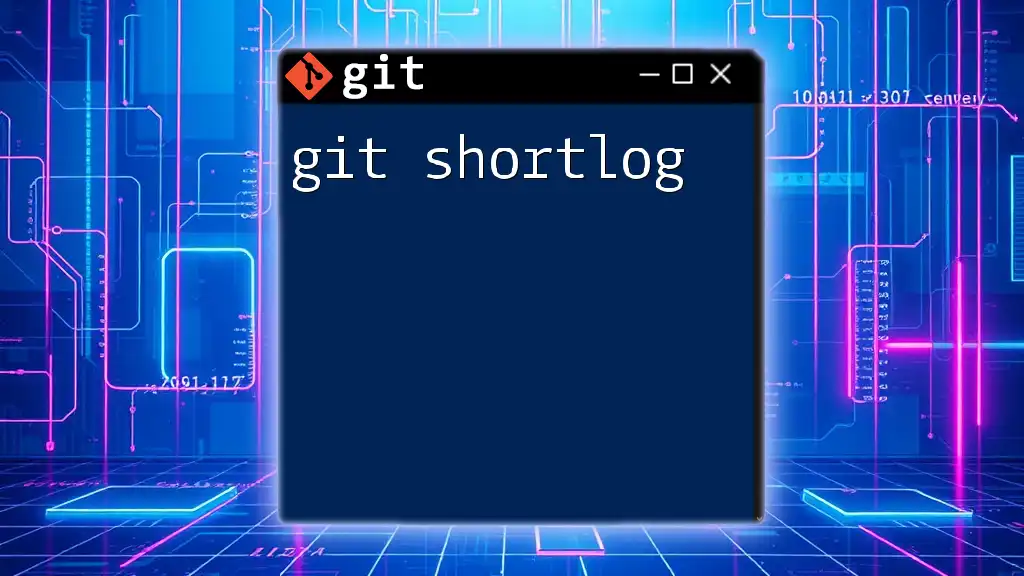
Generating Short Hashes
Automatically Generated in Git
Git provides an automatic way to generate short hashes when viewing commit histories. The `git log` command, along with the `--oneline` option, displays a simplified view of commits, showcasing the short hash and commit message:
git log --oneline
This command outputs results like:
f5a9c6e Update README.md
3c1a47b Fix bug in login functionality
Customizing Short Hash Length
Users can customize the length of the short hash using the `git rev-parse` command. This command allows you to derive a short hash with a specified character length from a given commit. For example, if you want to use a short hash of length 8 for a commit, you can run:
git rev-parse --short=8 <commit>
This flexibility aids users in adapting the short hash length based on their specific needs or preferences.
Choosing the Right Hash Size
When deciding on the length of a short hash to use, it’s worth considering a few factors:
- Project Size: In larger projects with extensive histories, it may be necessary to opt for longer short hashes (up to 10 characters) to ensure uniqueness.
- Sensitivity to Ambiguity: To avoid issues with hashing collisions, it’s prudent to lean towards longer hashes in environments where many commits, branches, or contributors are involved.
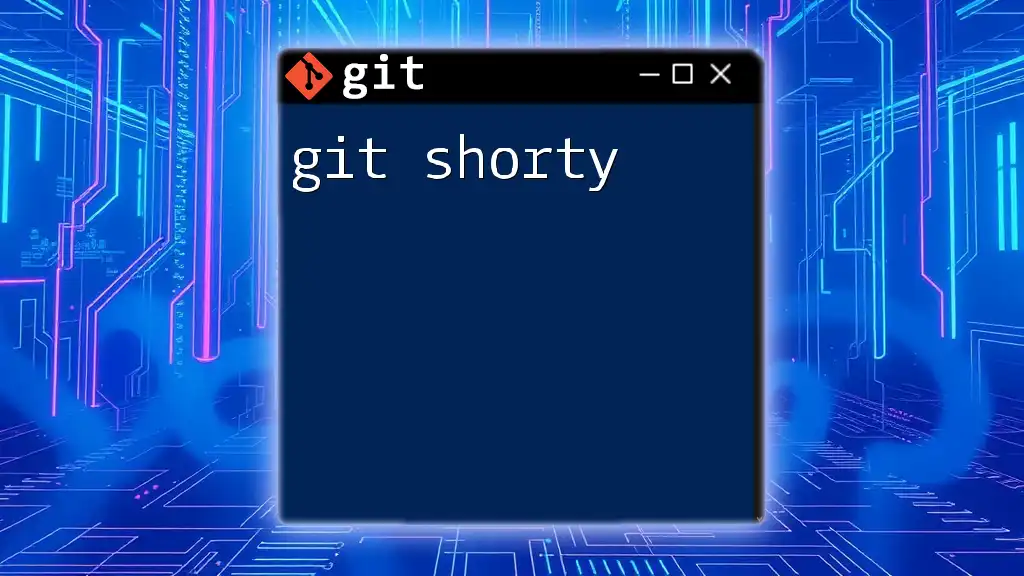
Using Short Hashes in Git Commands
Referencing Commits
Short hashes can be ingeniously utilized in various Git commands, making it easier to maneuver through history or manipulate commits. For example, checking out a specific commit can be done simply using its short hash:
git checkout f5a9c6e
Similarly, commands such as `git cherry-pick` and `git revert` can also accept short hashes as an alternative to the full identifier. This streamlining results in efficiency and ease of use.
Practical Examples
Here are a couple of scenarios demonstrating the utility of short hashes:
-
In Team Collaborations: When discussing recent features or bugs during meetings, developers can cite short hashes to refer to specific commits, enhancing communication and clarity.
-
In Code Reviews: Instead of using lengthy commit references in pull requests, reviewers can utilize short hashes to streamline discussions, allowing reviewers to quickly navigate to commits of interest.
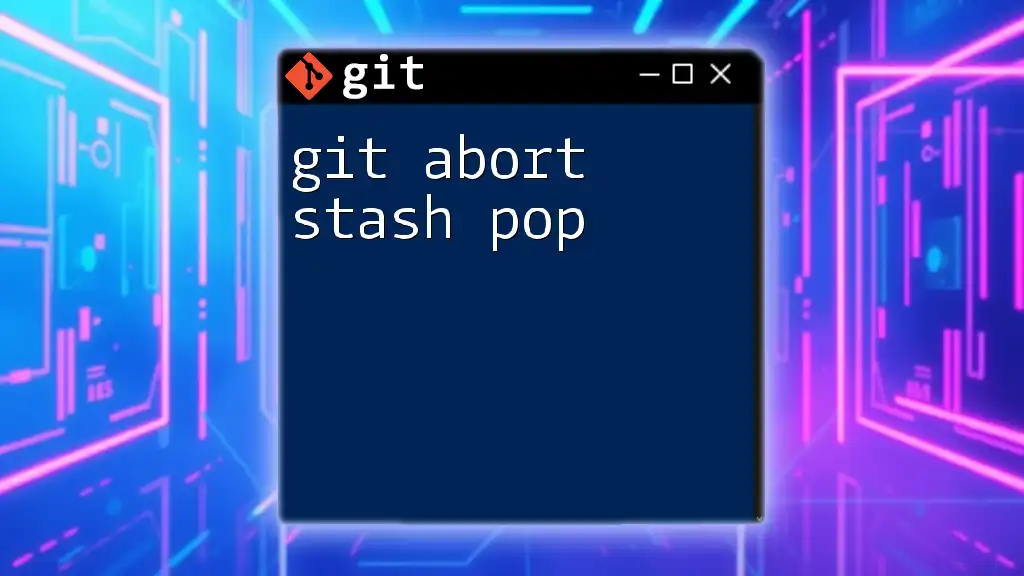
Limitations of Short Hashes
Potential Issues
While short hashes are convenient, they do have limitations. In repositories that experience rapid development or contain a large number of commits, the risk of hash collisions increases. This may lead to confusion if two different commits share the same short hash, potentially resulting in errors during operations.
Best Practices for Using Short Hashes
To mitigate the risks associated with short hashes and to ensure clarity, consider the following best practices:
-
Always Prefer Context: Whenever possible, accompany short hashes with a context—such as additional information in commit messages—to reduce the chance of confusion.
-
Be Mindful of Branching: In larger projects using multiple branches, ensure that unique identifiers (like full hashes) are available for precise referencing when necessary.
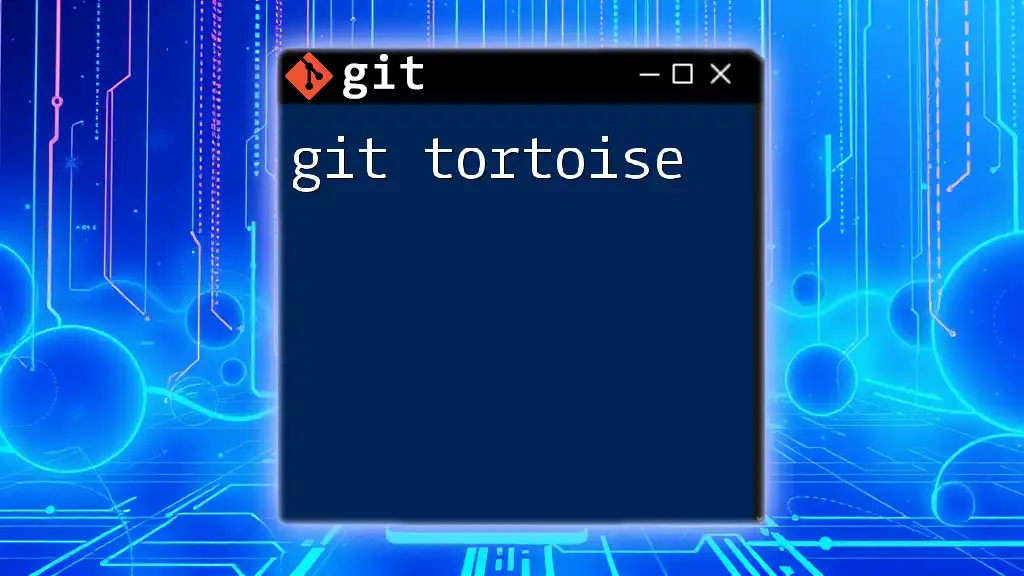
Conclusion
In summary, understanding git short hash is essential for effectively navigating and managing your Git repositories. Short hashes provide a convenient and user-friendly method for referencing commits, dramatically enhancing readability and reducing the chance of errors.
As you venture into using Git's powerful features, practice utilizing short hashes alongside full hashes. By doing so, you'll refine your development process and streamline collaboration with your team. Stay tuned for more advanced Git features and practices that can further improve your coding experience!







